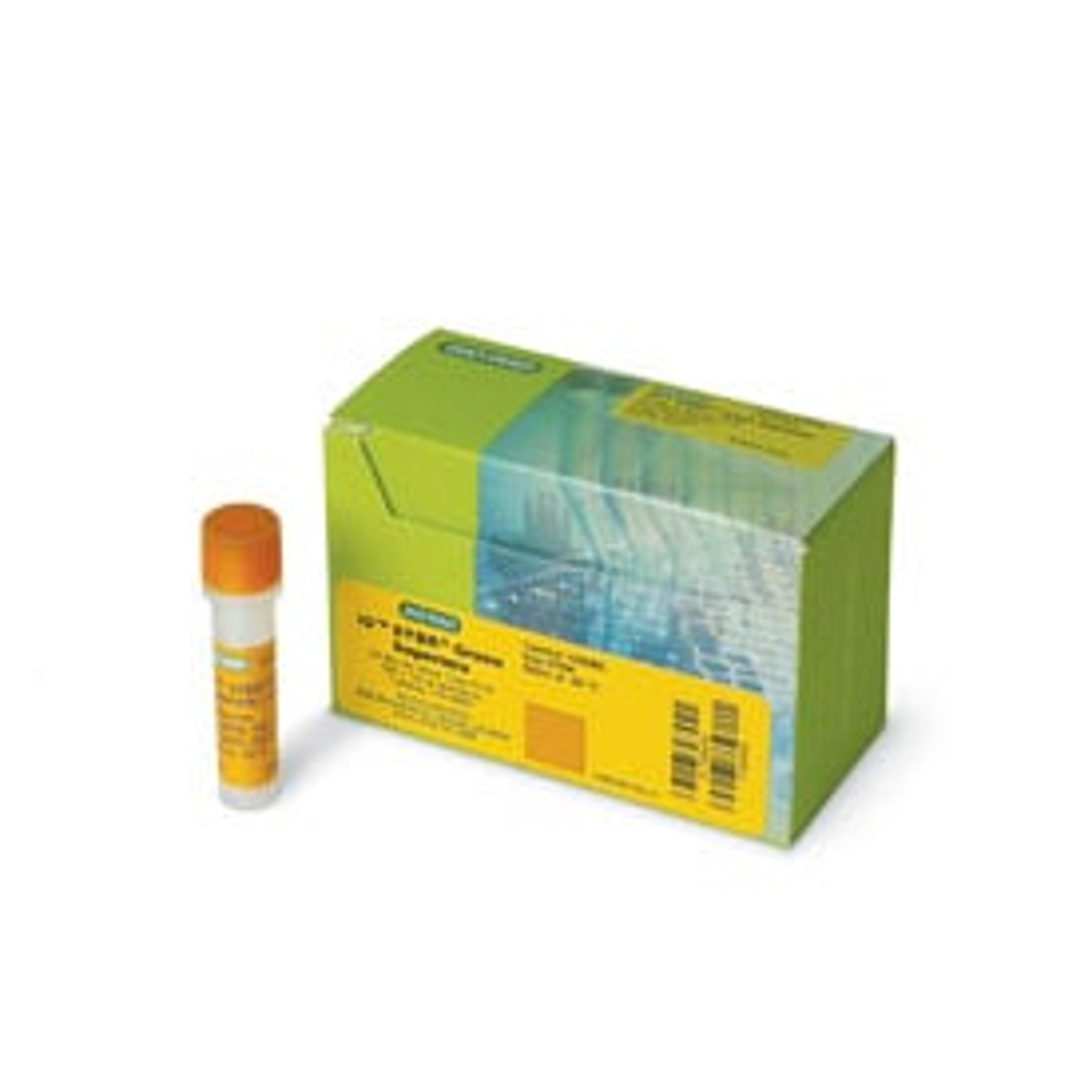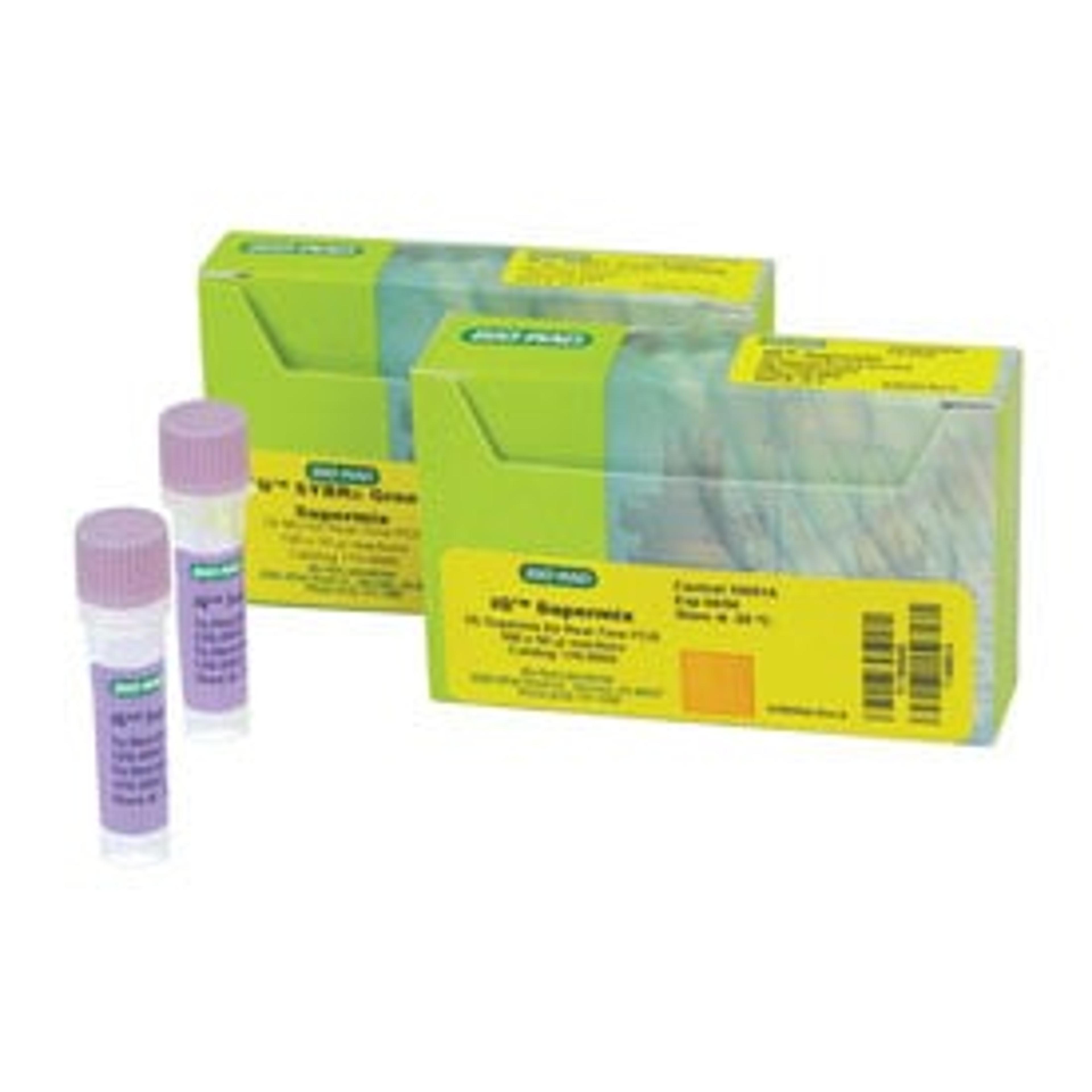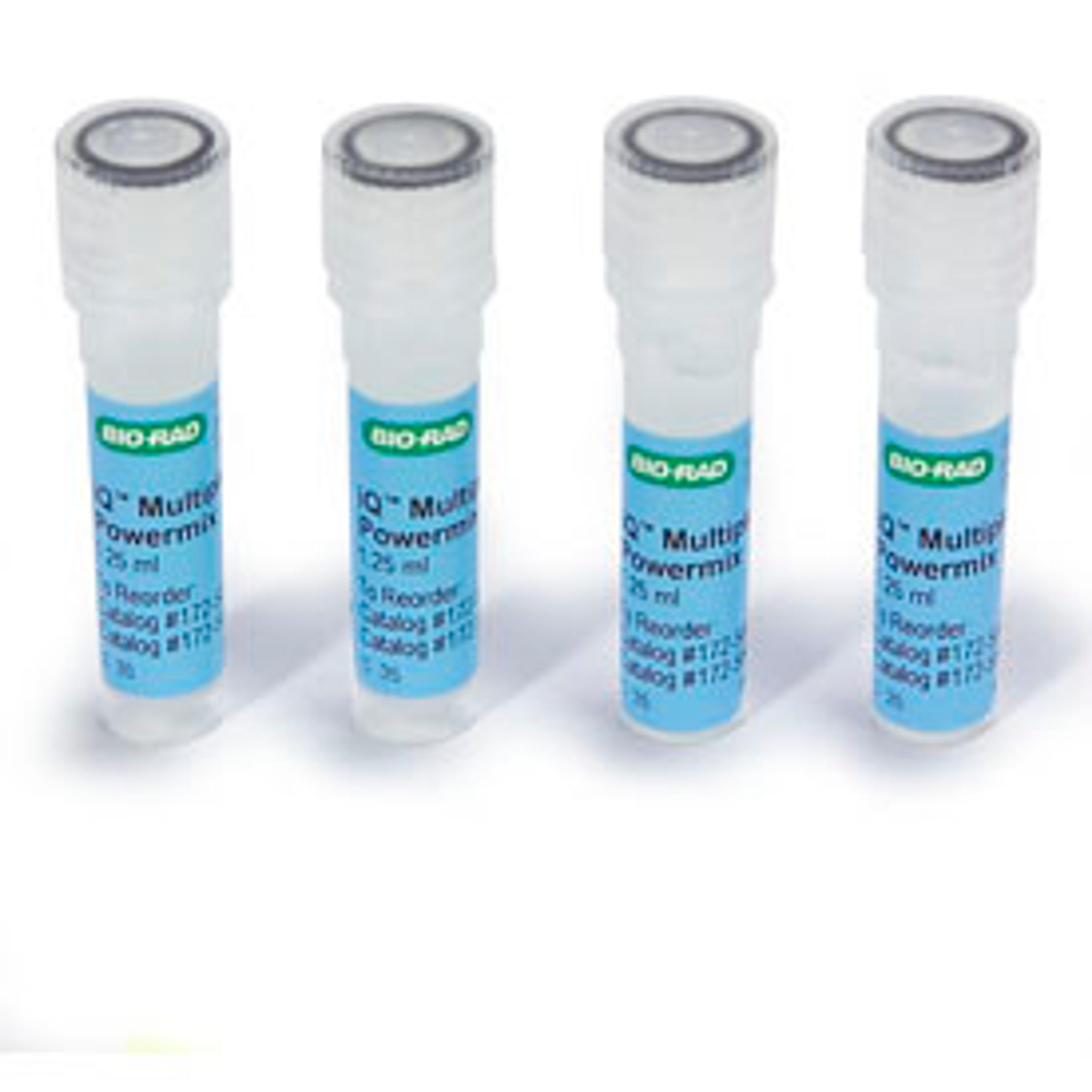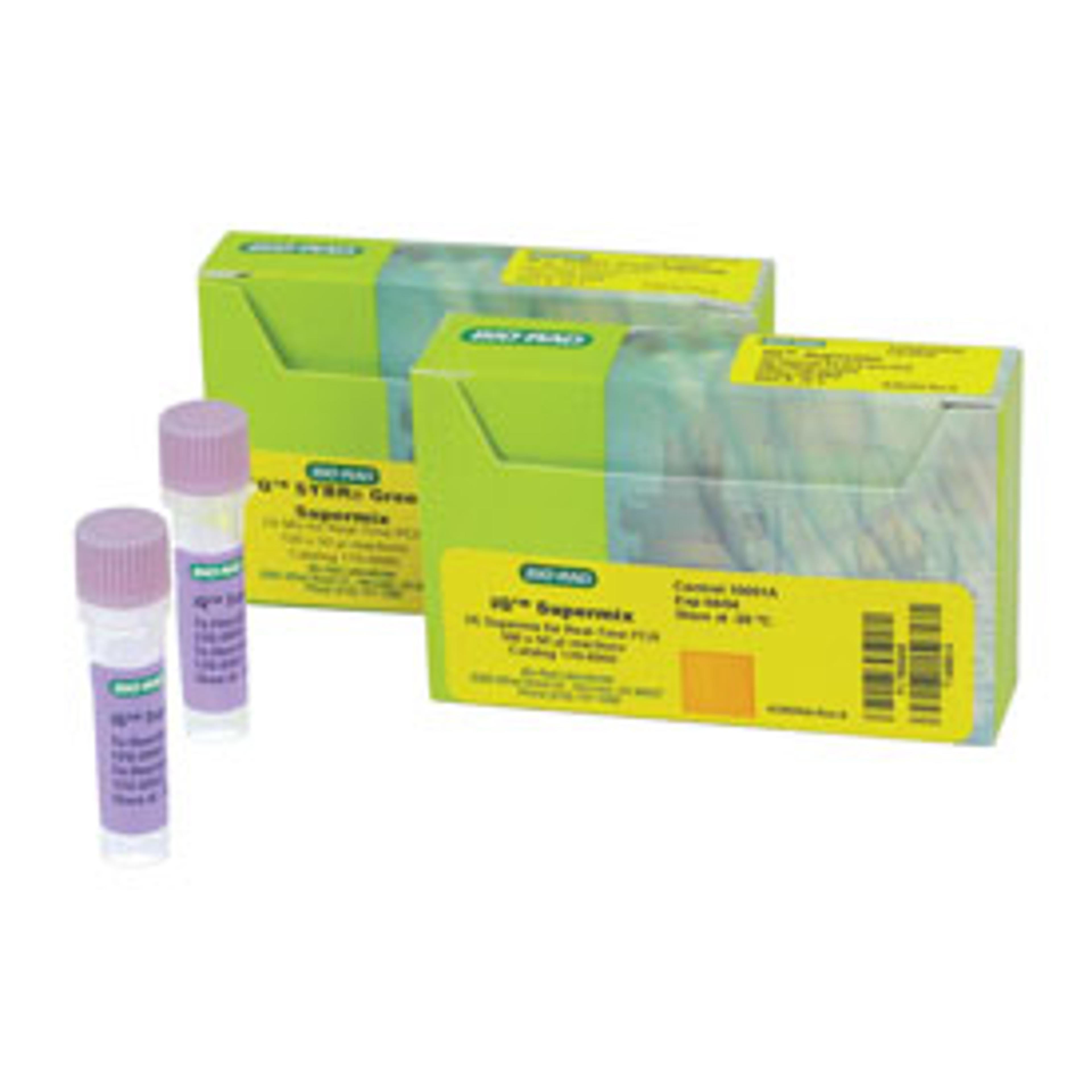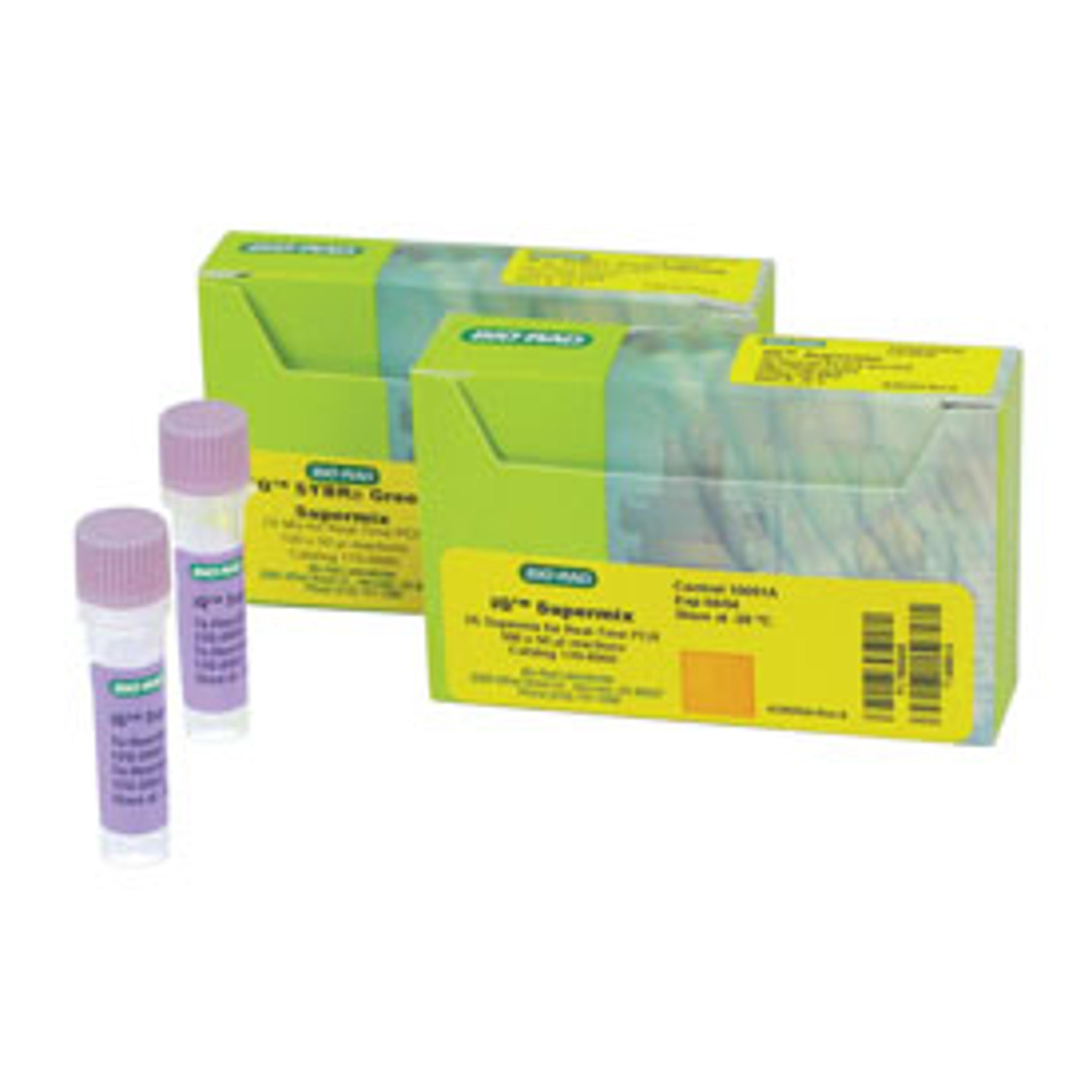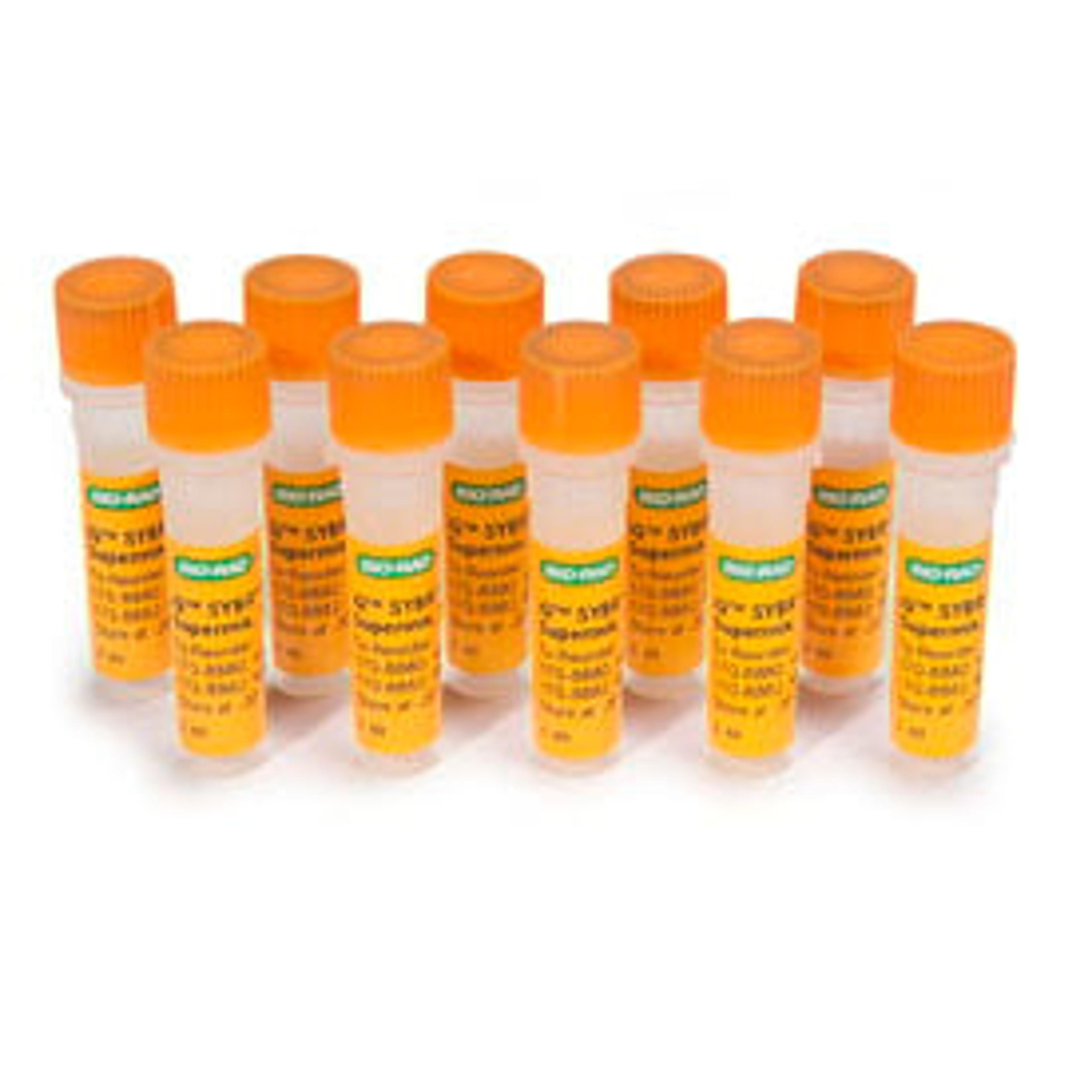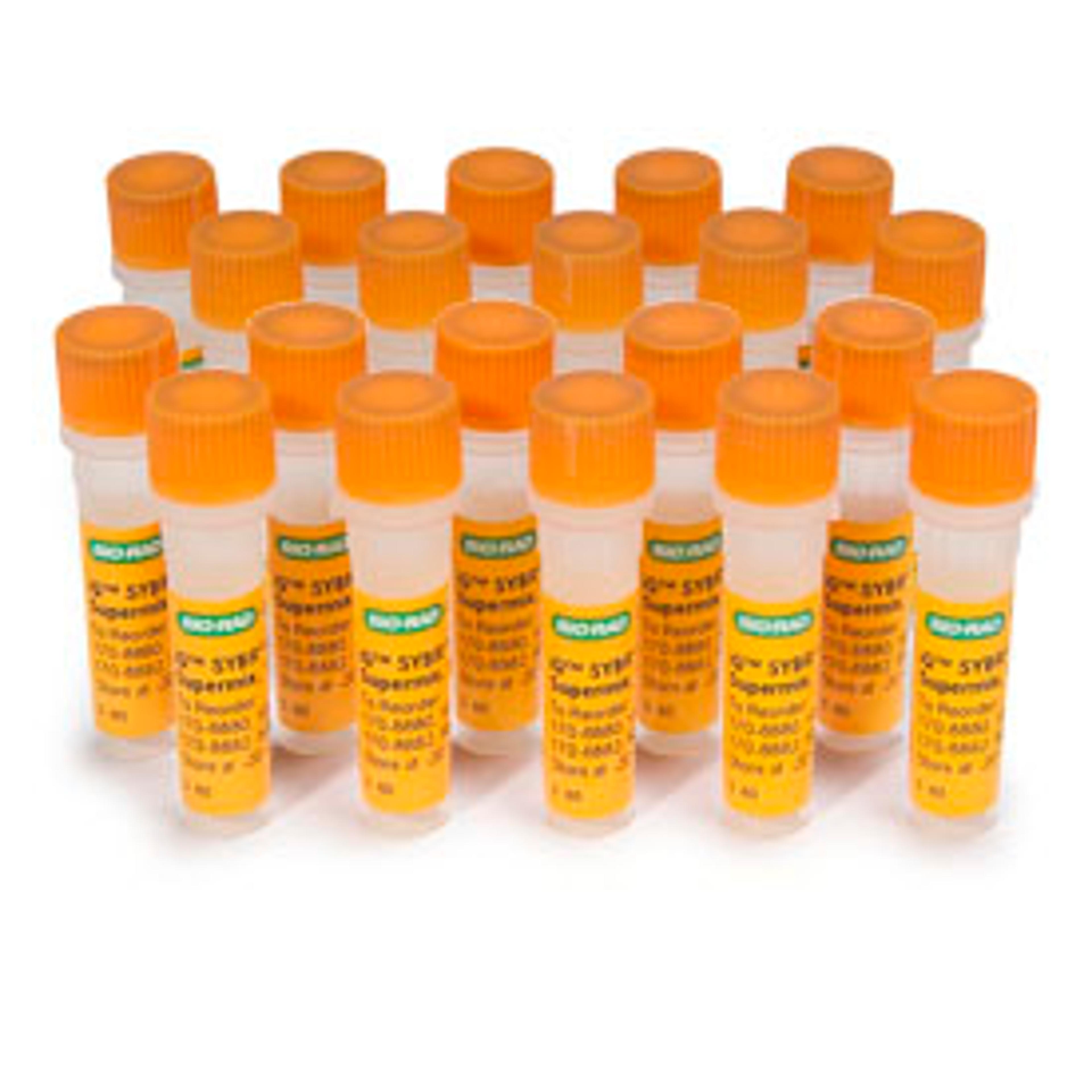Pushing the envelope in genomics technologies – innovation and leadership from Bio-Rad
Learn how Bio-Rad has continually responded to researchers’ needs to drive innovation in its genomics technologies over the past 30 years
18 Nov 2019
In the 36 years since American biochemist Kary Mullis first unveiled the polymerase chain reaction (PCR), technology developers have competed to improve upon the speed and accuracy of his method as researchers have demanded ever-increasing precision. Bio-Rad is one such company that has driven progress in the field of genomics through continuous development of a strong genomics products portfolio over three decades. During this time, we have witnessed an evolution of genomics technologies from PCR to qPCR to RT-qPCR and the latest high-precision solution – droplet digital PCR (ddPCR). Working at Bio-Rad’s headquarters in Hercules, California, Dr. Yan Wang is a biotechnologist who has spent 15 years responding to evolving researcher needs in order to deliver technologies that meet those demands. She now leads multiple research and development groups at Bio-Rad dedicated to the development of high-performance reagents for the detection and quantification of nucleic acids and proteins. But what has been the key to the company’s success?

Unmet needs in genomics research
Wang’s team aims to provide researchers with useful, high-quality and easy-to-use genomics tools, with a focus on reagents that streamline DNA and RNA expression analysis via PCR and RT-qPCR.
Over the years, Bio-Rad has worked hard to keep pace with researcher needs in this field, being “one of two companies that, early on, offered qPCR platforms and RT-qPCR reagents,” explains Wang. “We were very good in what we call democratizing solutions - making our instruments easy to use, offering high performance as well as affordability.”
Understanding the objectives of researchers is key to this process and Wang attributes Bio-Rad’s success in this area to its collaborative work with scientists in the field, which puts the company in a knowledgeable position with respect to, for example, the latest innovations in next-generation sequencing (NGS). “We continue to improve our reagents, making sure they're of high quality and high performance. We have active research going on and product development activity, including continuing to improve our RT-qPCR product lines, as well as looking to develop tools for supporting next generation sequencing, specifically on the RNA-Seq side.”
When it comes to specifics around unmet customer needs, Wang is not short on the technical detail that comes from listening to customers carefully. “Our product development really is driven by our understanding of researchers' needs. In the PCR and RT-qPCR world, we know several characteristics are very important to the customer. One is detection sensitivity – because RT-qPCR is a quantitative tool, people use it to quantify their gene expression level – the ability to detect low copy target is very important. Another quality parameter that's important is reproducibility. Because it's a quantitative approach to gene expression analysis, having reproducible results is critical. Linked to that is lot-to-lot reagent reproducibility in downstream processing. The third characteristic is tolerance of sample quality. Sometimes samples have carry-over inhibitors, whether from the purification process or another source of contamination, so it's very important that our reagents are inhibitor tolerant. For every product we develop, we test a very large panel of inhibitors to make sure we have a formulation and enzyme clone that, in combination, can allow very high tolerance for poor sample quality.”
The human element – working with customers
Meeting customers in person has helped to drive the development of new products, as Wang explains: “We had multiple R&D scientists travel to various university labs for face-to-face conversations. We consolidated all the different interviews and conversations to see if we could identify a priority of unmet needs. And that's when we really recognized that the inhibitor tolerance of our reagent was very important.”
Wang and her colleagues soon realized that researchers were looking for more robust reagents that worked when sample quality was suboptimal. “They really worry about the confidence in their final results if inhibitors affect different quantitation results,” says Wang. “This is why we broadened our inhibitor tolerance efforts during product development, and our most recent line of qPCR and RT-qPCR reagents have improved the performance and robustness when sample quality is not perfect.” A key part of this work involved the development of unique high-performing enzymes, now incorporated in Bio-Rad’s RT-qPCR reagents.
The application of Bio-Rad genomics technologies
Bio-Rad’s technology finds applications in almost any scenario requiring nucleic acid detection and/or quantification. Its food science division has used qPCR to help test food safety, for example, and its RT-qPCR multiplex assay kit is used in research applications for the detection of globally important viruses such as Zika, dengue and chikungunya. In many countries outside of the U.S., Bio-Rad’s qPCR systems are registered for use in in vitro diagnostics (IVD). The applications of its new ddPCR technologies are especially broad, encompassing immunotherapy, oncology research, environmental testing and quality assurance of therapeutics.
Future developments
Wang concludes with a reflection on what the future holds in genomics technologies: “I think RT-qPCR, qPCR, PCR and now digital PCR are tools that will be complementary to each other. Not a single tool can do everything. For example, RT-qPCR is very good for a wide dynamic range for interrogating things where the gene target quantity present in the sample is unknown. Digital PCR is great for precision and detecting low copy numbers. So, I think there will continue to be growth in different application areas as well as academic research.”
Find out more about Bio-Rad and learn how its genomics product portfolio could help you.


